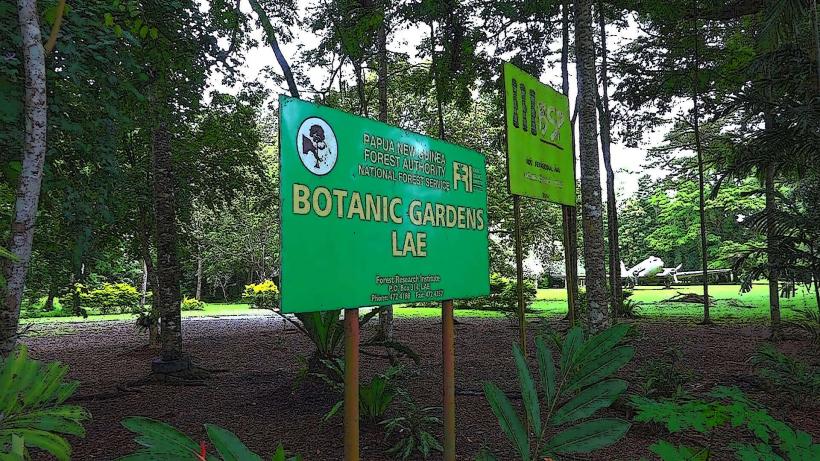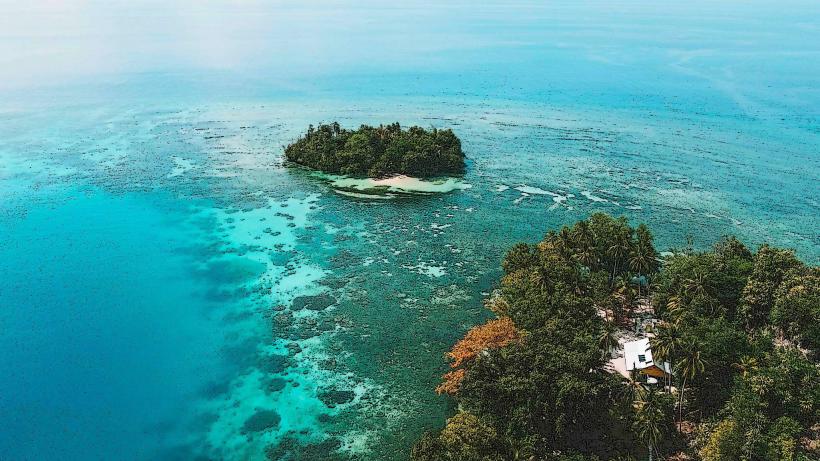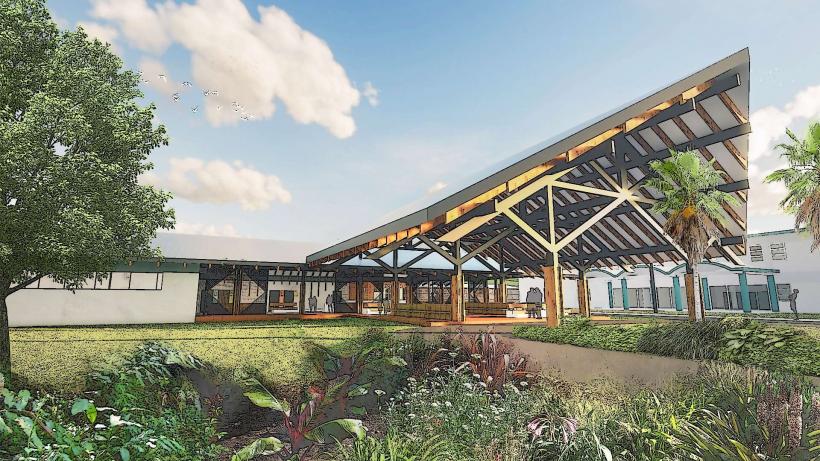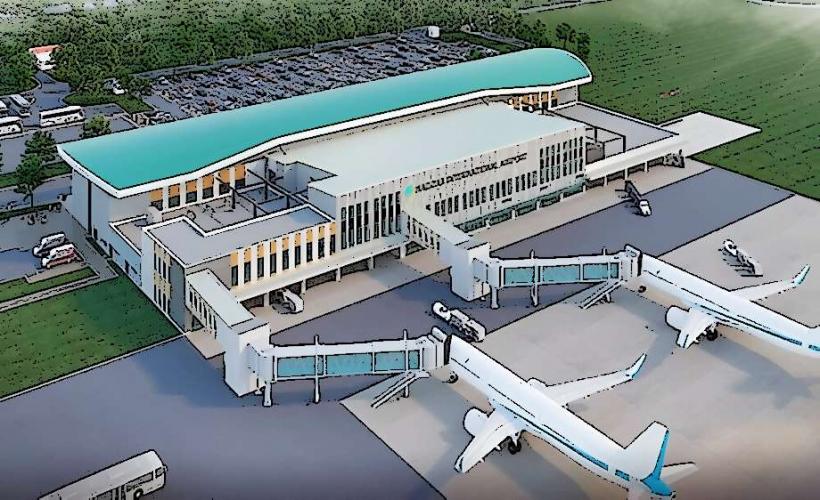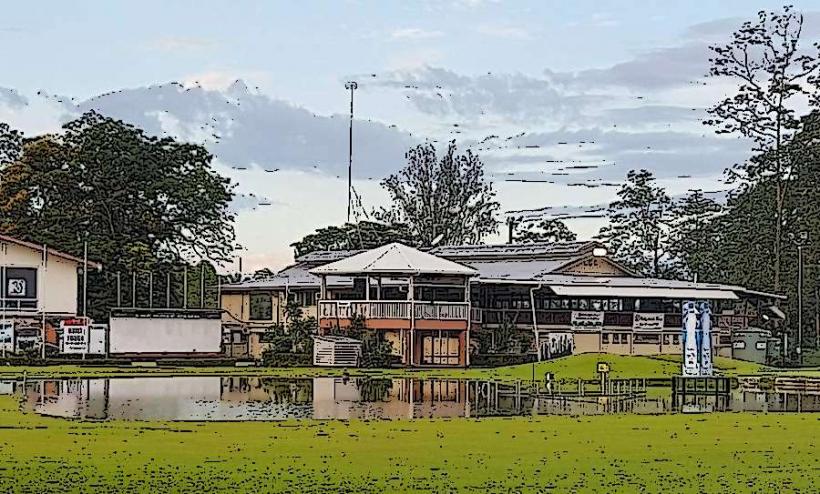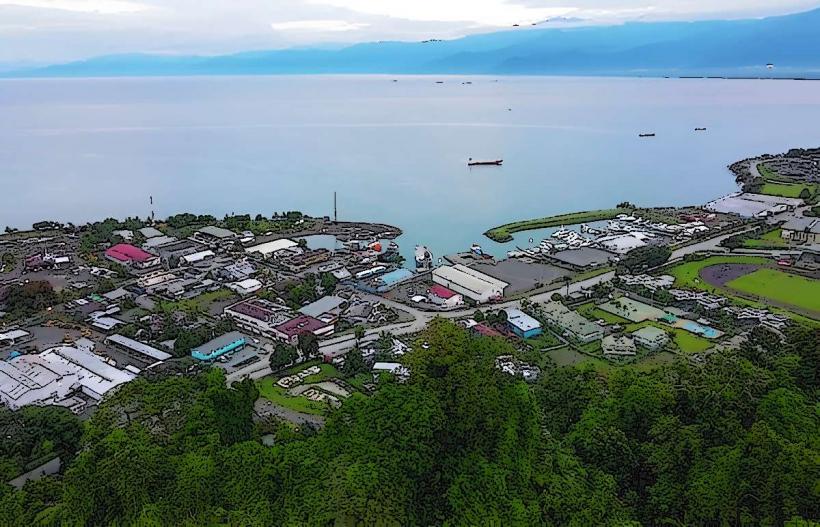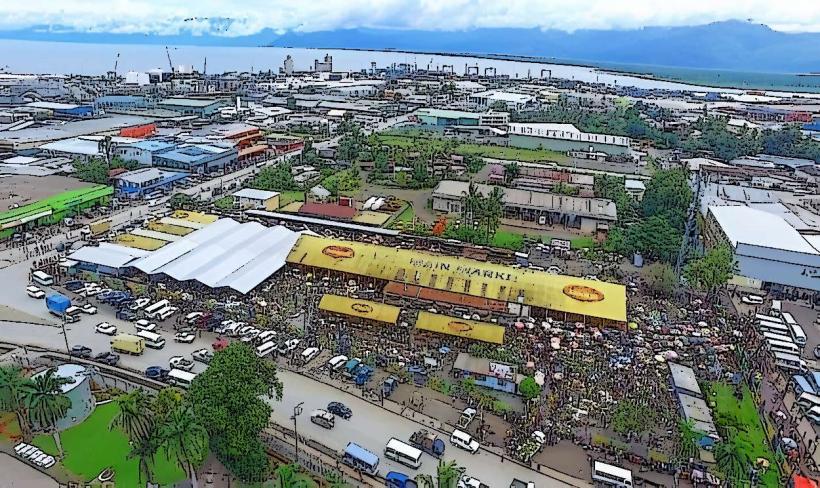Information
Landmark: Lae War CemeteryCity: Lae
Country: Papua New Guinea
Continent: Australia
Lae War Cemetery is a significant World War II memorial located in Lae, Morobe Province, Papua New Guinea. It is dedicated to the soldiers who lost their lives during the Pacific War, particularly during the battles in Papua New Guinea, and serves as a place of remembrance for both Commonwealth and other Allied forces who fought in the region. The cemetery is maintained by the Commonwealth War Graves Commission (CWGC) and stands as a solemn tribute to the sacrifices made by the men and women of various nationalities during the war.
Historical Background
Lae War Cemetery is closely linked to the campaigns that took place in the Huon Peninsula, particularly the fierce fighting between the Allied forces and the Imperial Japanese Army. The area around Lae, including the nearby beaches, saw intense battles during the war, notably the Battle of Lae in 1943, part of the larger New Guinea Campaign.
The cemetery was established in 1943, shortly after the Australian forces took control of Lae from the Japanese. Many of the men buried here were casualties of combat, while others died due to illness or wounds sustained in the brutal tropical environment.
The majority of the graves are those of Australian soldiers, but there are also graves for British, Dutch, and other Allied servicemen who fought in the Pacific theater. The cemetery is also notable for housing a small number of graves from those who perished in other significant campaigns across Papua New Guinea.
Layout and Features
The Lae War Cemetery is beautifully maintained, with a well-organized layout that reflects the Commonwealth War Graves Commission's standards for honoring fallen soldiers. Some key features include:
Graves and Memorials: The cemetery contains 2,100 graves of Commonwealth soldiers, with the majority being Australian. The graves are marked with standard CWGC headstones, each inscribed with the soldier’s name, rank, regiment, and date of death. The headstones are made of Portland stone and arranged in neat rows, creating a peaceful, reflective atmosphere.
Memorials for the Missing: For those whose remains were never recovered or identified, there are memorials inscribed with their names. These men are commemorated on large plaques that bear the names of the fallen soldiers whose graves could not be found.
The Cross of Sacrifice: As is customary in Commonwealth military cemeteries, Lae War Cemetery features the Cross of Sacrifice, a large stone cross that stands as a focal point of the cemetery. It is a symbol of the ultimate sacrifice made by the soldiers.
Gardens and Landscaping: The cemetery is set within lush tropical gardens, with well-maintained lawns and trees that add to the solemn and serene atmosphere. The landscaping provides a reflective space for visitors to pay their respects to those who lost their lives during the war.
Honor Roll and Plaques: The cemetery also includes a memorial to the civilians who perished as a result of the war and other plaques commemorating the various battles fought in the region.
Significance
The Lae War Cemetery holds great historical significance as it commemorates the sacrifices of soldiers from many nations, particularly Australia, who fought in the Pacific theater of World War II. Papua New Guinea played a central role in the war due to its strategic location between Japan and Australia, making it a key site for Allied military operations.
For Australia, the cemetery is especially important, as many of the soldiers who are buried here were involved in campaigns to reclaim New Guinea from the Japanese occupation. These battles, such as the Battle of the Kokoda Track, Battle of Wau, and the Battle of Lae, were critical in turning the tide of the war in favor of the Allies.
The cemetery is not only a tribute to the fallen soldiers but also a place of peace and reflection, helping to preserve the memory of the hardships and sacrifices that shaped the region during the war. The CWGC ensures that the site remains well-kept as a place of respectful remembrance, drawing both local and international visitors.
Visitor Experience
The Lae War Cemetery is open to the public year-round, and it attracts visitors from around the world, including relatives of the fallen soldiers, history enthusiasts, and those with an interest in the Pacific War. Visitors can spend time walking through the cemetery, reflecting on the historical significance of the battles fought in Papua New Guinea, and paying respects to those who made the ultimate sacrifice.
The cemetery also serves as an educational site, where visitors can learn about the history of World War II in the Pacific, the role of Papua New Guinea in the conflict, and the legacy of the soldiers who fought in the region. Educational materials, plaques, and markers provide insights into the individual stories of the men who are buried there, as well as the broader context of the war.
Conclusion
Lae War Cemetery is an important historical site and a place of solemn remembrance. It honors the memory of the soldiers who fought and died in the Pacific during World War II, particularly those who gave their lives in the Lae and Huon Peninsula campaigns. The cemetery stands as a tribute to the enduring impact of the war and the sacrifices made by both the soldiers and civilians involved. With its serene atmosphere and beautiful landscaping, the Lae War Cemetery offers visitors a chance to reflect on the past while paying respect to those who shaped the course of history through their bravery and sacrifice.

